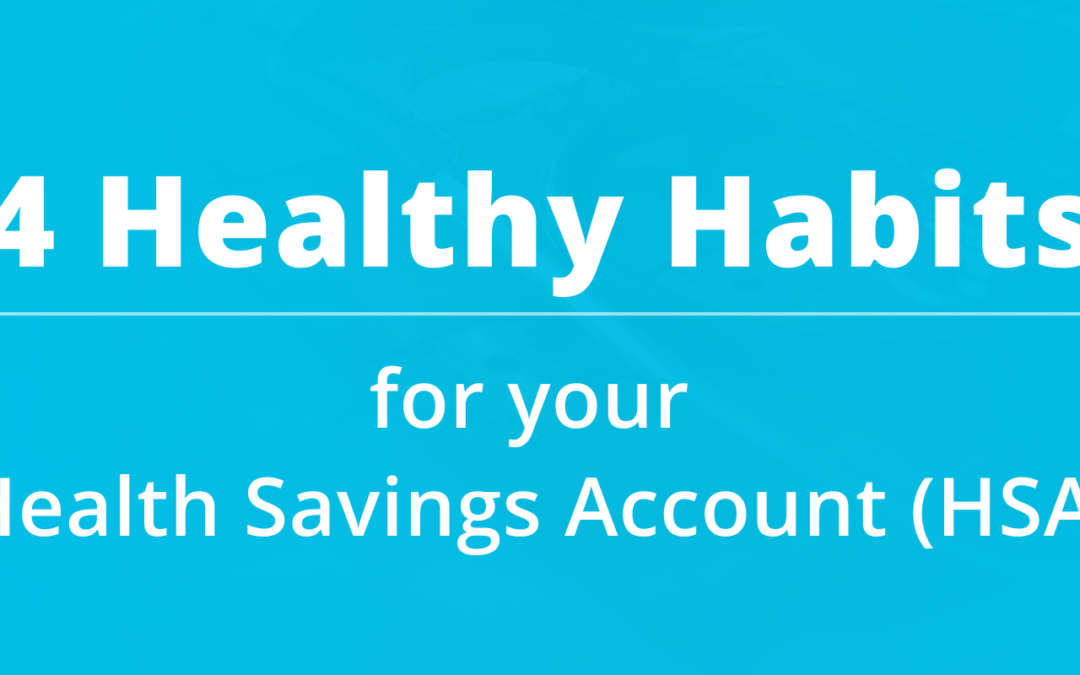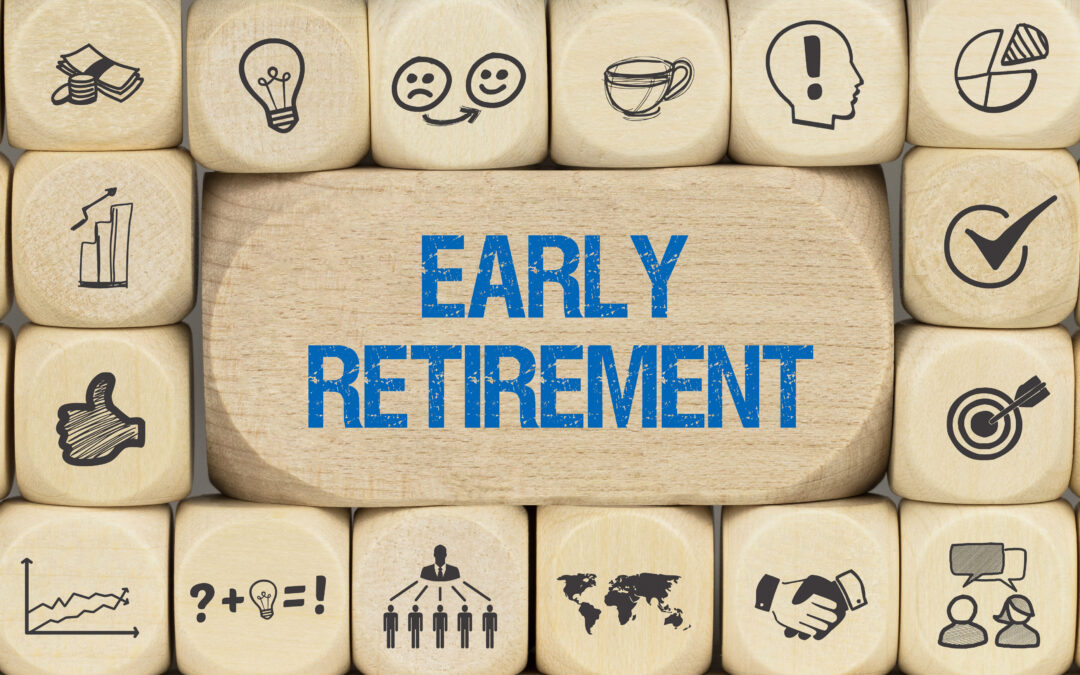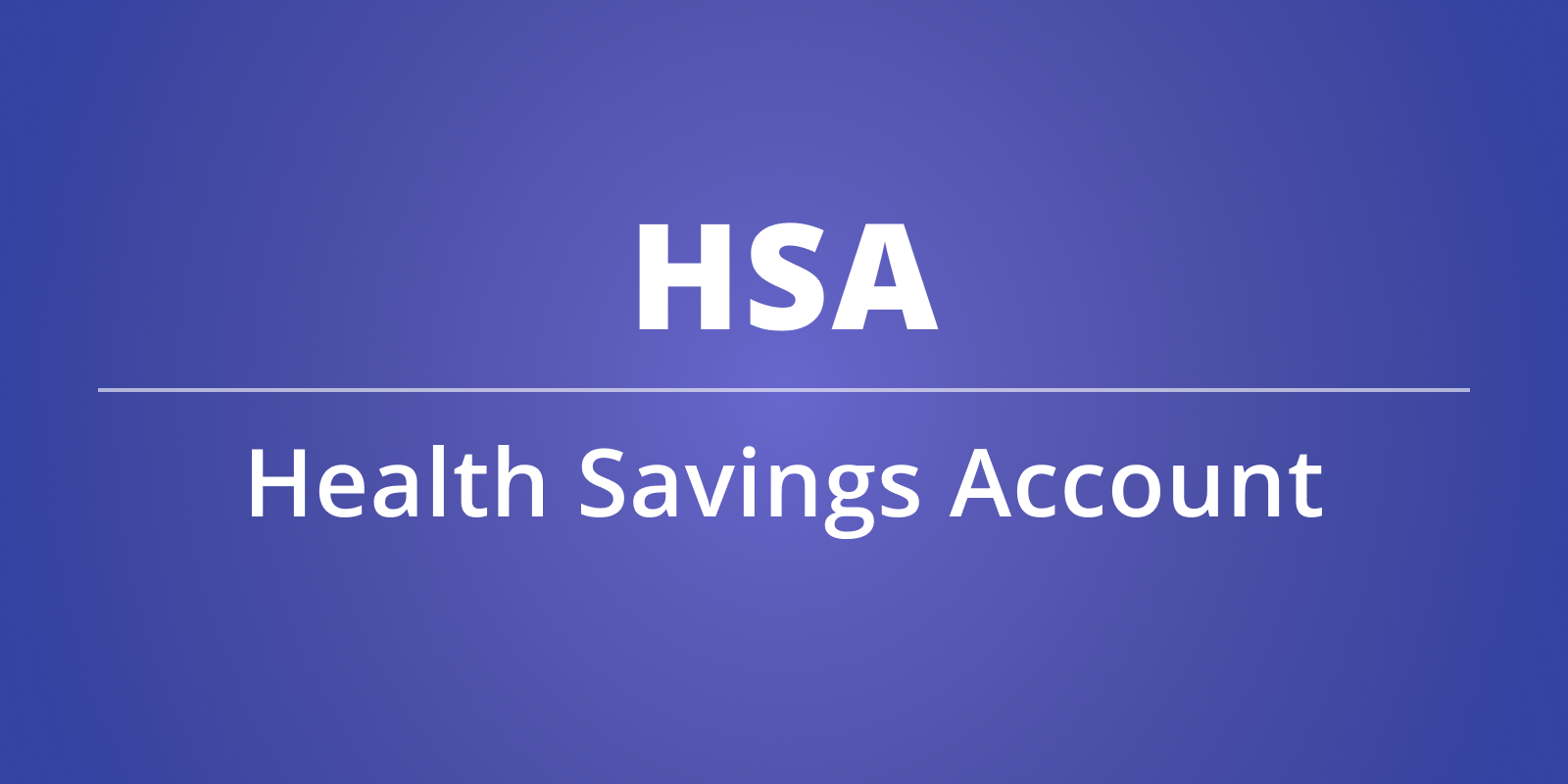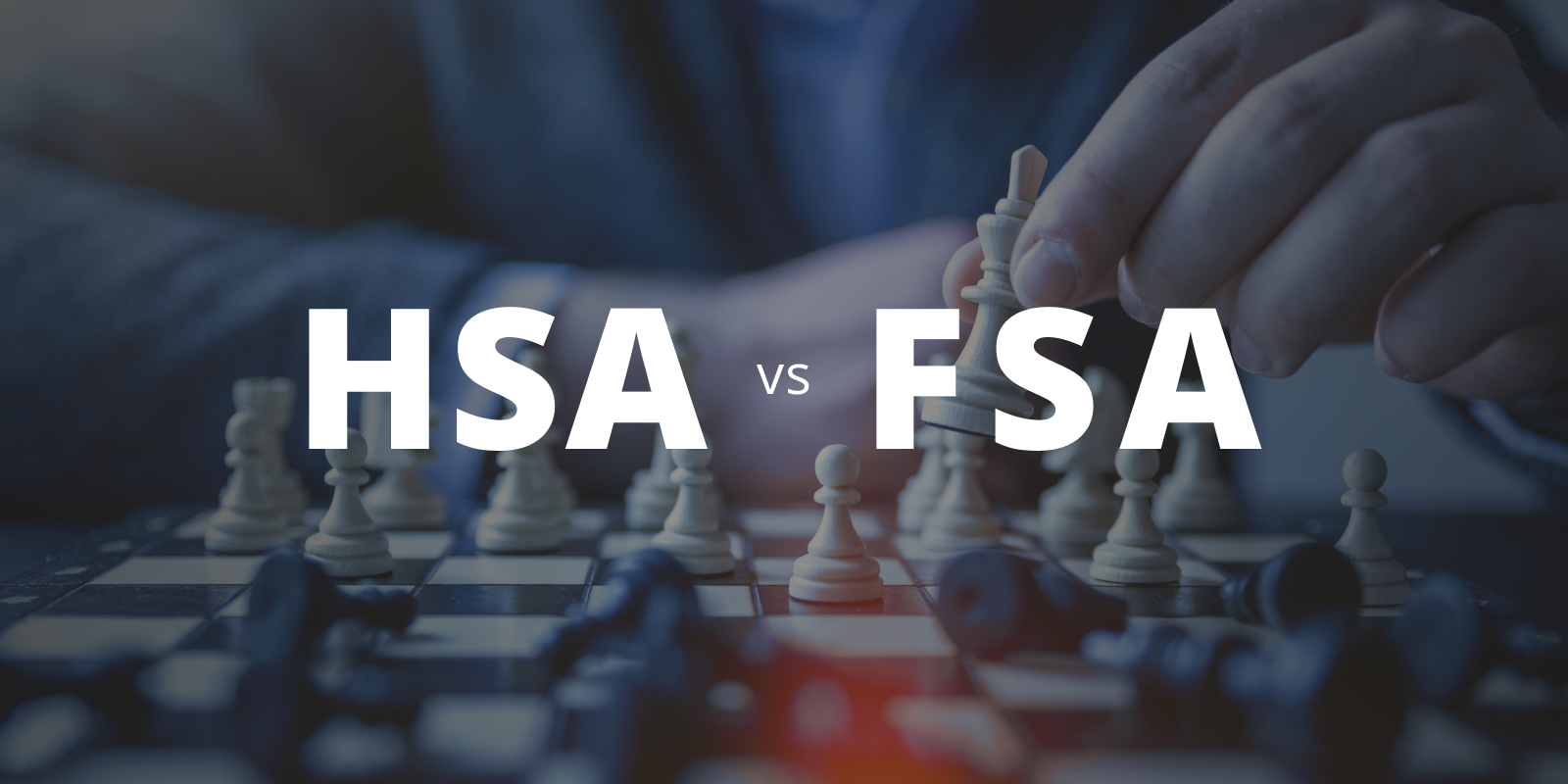Strategic communications are just one part of the equation when you look at ways to boost your employees’ health savings account (HSA) engagement. Taking your employees on a journey from spenders to savers to investors also requires thinking about how you structure the plan itself. With the right kind of incentives, you can have your employees contributing and investing in their accounts on their way to better financial health.
Plan Design is Key
It all starts with a plan design. There are three possible strategies that employers can utilize here: seed, match, or reward:
Seed Accounts
When you seed your employees’ accounts, you make a lump-sum contribution to encourage your employees to establish an HSA and begin to use the account. The catch is that your employees may or may not want to go further.
Match Contributions in Accounts
Matching is similar to a 401(k) plan. The difference is that with an employer match, your employees are now incentivized to keep putting their pre-tax money into their HSA plan.
Reward Employee Contributions
Rewarding your employees with cash or stock rewards at strategic points will encourage them to keep them moving forward throughout their journey. Meanwhile, you’re optimizing your program in a way that encourages people to come in, take a look around, and begin the educational process. It’s also important to celebrate your employees’ wins to solidify the savings habit. Using tech and non-tech strategies you can reward and celebrate your employees’ important HSA milestones, such as saving half of their HDHP deductible or making their first investment. You can also work with them to set a realistic HSA savings goal to meet their health and retirement needs.
Is there one method that is preferable over the other? According to behavioral science, reward and match work better than account seeding. While seeding works, giving employees free money without asking them to contribute or invest doesn’t help your employees, in the long run, move them towards their long-term retirement goals.
Using a match, rewards, celebrations, and an incremental communication strategy you can assist your employees in understanding the incredible benefits of the HSA and put them on the path to a healthy retirement.
Join us live every week on the Right Way to HSA at 12 pm PT on LinkedIn & Twitter. This week we discuss:
- Three strategies have the biggest impact on employee behavior.
- Some strategies that 401k plans use are also applicable to HSAs.
Can’t watch us live? Watch the replay on Youtube, LinkedIn, and Twitter!








